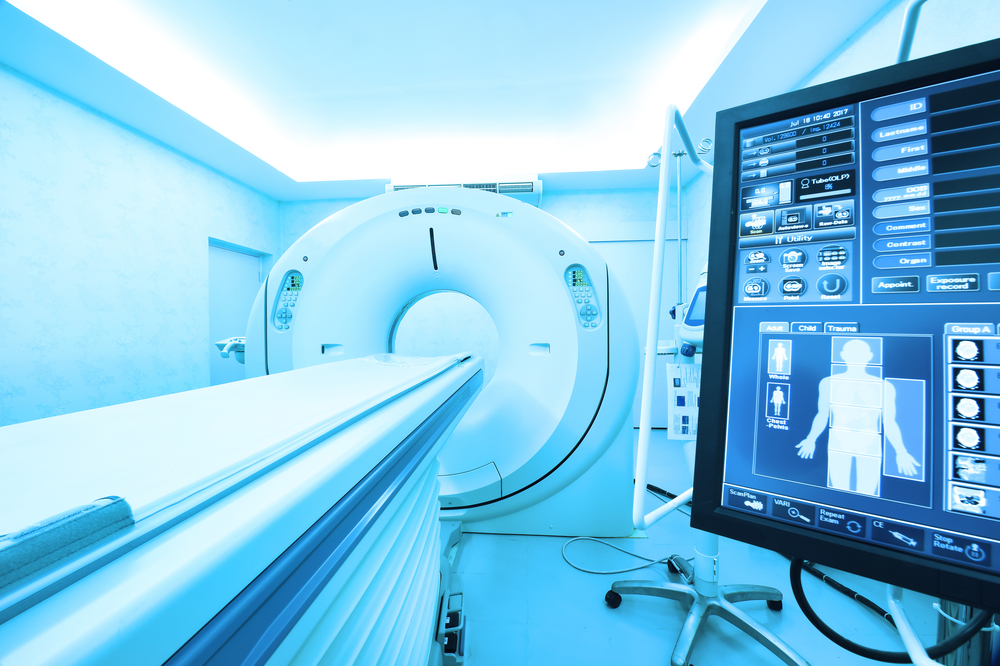After an experience like a car accident, you are likely to quickly evaluate yourself for any obvious injuries. You may scan your body for cuts, bruises, swelling, or any severe pain. If you are lucky enough to not notice any of these issues, you may feel that you can move on- however, it’s still possible you have been injured. Between internal injuries and symptoms that are delayed for hours or days, it is important to seek medical attention even if you don’t notice any problems on your own. At a car accident clinic, you will be able to undergo a series of diagnostic tests and scans to determine your condition and begin treatment plans as soon as possible. The scans that you need may vary based on your doctor’s assessment, but there are some common scans you will hear about.
X-Rays
Often, x-rays are the first step taken after a car accident. You may know a bone is broken if the break is severe and you are experiencing symptoms like swelling, pain, and a loss of ability to move. However, small stress fractures may not be obvious until they worsen over time. Catching these fractures early is optimal to begin treatment and give you the best chances of making a full recovery.
X-rays are relatively inexpensive compared to other scans and can provide fast and useful information. Even if they do not identify an issue, a simple x-ray can rule out broken bones, dislocated joints, moving bone fragments, and a number of other internal injuries.
CT Scans
Also known as a cat scan, a CT scan or computed tomography is a type of x-ray that is able to create images of not just bones, but internal organs, soft tissue, and blood vessels. This more detailed image can be viewed in multiple planes, including 3D, offering a more comprehensive view of the body. Some patients will be asked to ingest a special dye that highlights specific body parts during the scan.
Most often, CT scans are used to identify infectious diseases, cancers, and cardiovascular problems. But they can also be used by car accident clinics to identify a range of injuries like internal bleeding, damage to internal organs, or broken bones.
MRI (Magnetic Resonance Imaging)
Using the magnetic field and pulses of radio waves, an MRI is able to produce vivid images of the inside of the body. To achieve the detail present in an MRI, you will likely need to lie still in an enclosed tube for long periods of time. While some facilities offer “open” MRIs to avoid anxiety or claustrophobia, traditional MRIs can consist of 60 to 90 minutes spent inside the machine.
The reason MRIs are performed despite being a slow process is that they can show injuries that would not be detected on an x-ray or CT scan. Herniated discs and a range of other back or neck injuries can be determined with an MRI. They can also highlight certain brain damage that would not otherwise be seen.
Even though they are more involved than other scans, MRIs are usually done as an outpatient procedure and do not require sedation. Some patients will ingest dye during this procedure, but it will not incapacitate you once the scan is completed.
Determine the Scans You Need
In most cases, if you visit a car accident clinic you will have an x-ray taken, as they convey a lot of information quickly and can stop damage from worsening. If your accident was severe or there is a risk of head trauma, a CT Scan is likely to be performed in order to identify concussions, internal trauma, or any bone damage. However, if you were suffering from a bulging or herniated disc, or a cartilage or muscle tear, this would not be displayed on either scan. If there are questions about your diagnosis or further testing is needed, you may be sent for an MRI.
Once the appropriate scan has been performed, your car accident clinic will have radiologists and doctors on staff to read the results accurately. This information will guide any treatment plans you begin, pinpointing what areas need the most immediate care and what the root cause of any pain may be.




